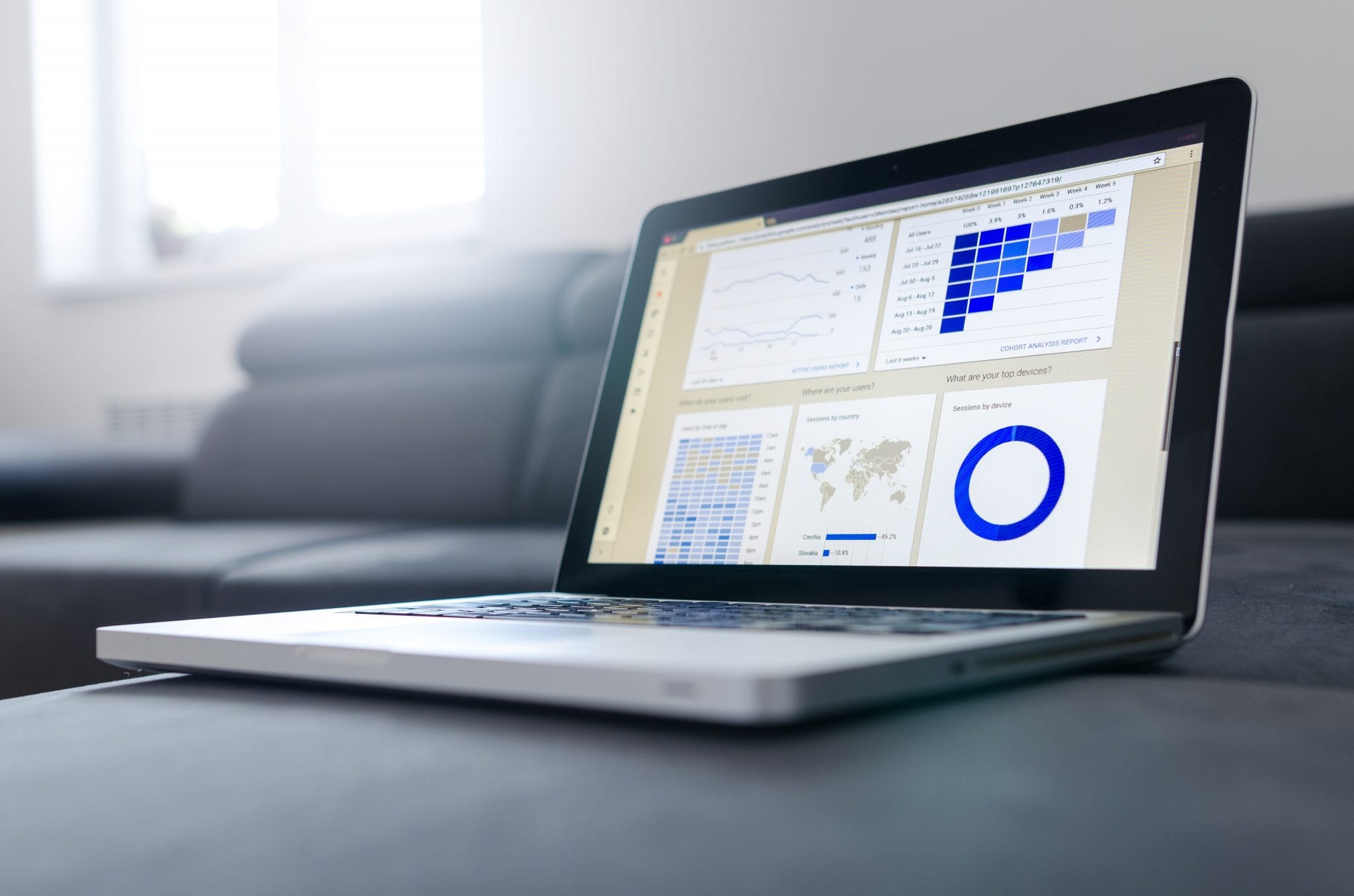On Episode 108 of The Edge of Innovation, we’re digging in our archives to bring back one of our most popular podcasts – “Big Data.” We’re talking about what it is and how it can help your business!

Hacking the Future of Business!

On Episode 108 of The Edge of Innovation, we’re digging in our archives to bring back one of our most popular podcasts – “Big Data.” We’re talking about what it is and how it can help your business!

On Episode 78 of The Edge of Innovation, we’re talking with Dan Frasier, co-founder of Cornerstone Commissioning Inc., about building control systems and continuous commissioning.
Today on the Edge of Innovation, we are talking with Ed Alexander, founder of Fan Foundry, about developing your Website Content as well as content segmentation and publishing.

On Episode 3 of The Edge of Innovation, we think about the actors involved in big data. What does Google do with it? They sell ads.

On Episode 1 of The Edge of Innovation, we’re talking about RasberyPi, Elegant web design and Google Analytics. The Edge of Innovation is produced in partnership with SaviorLabs.